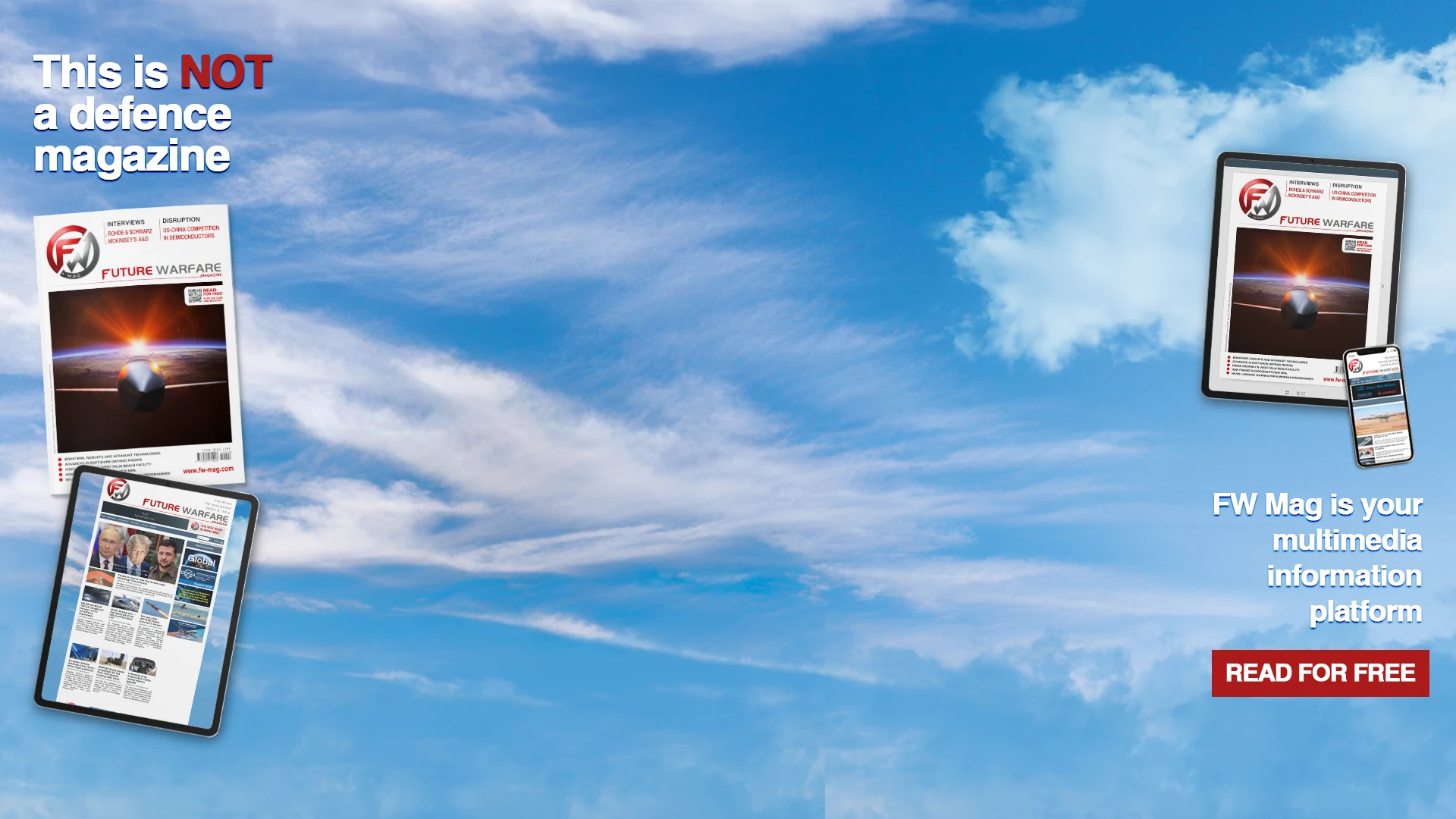
The British MOD has now notified its intention to award General Dynamics UK to produce up to 3 Foxhound (FHD) vehicle Technical Demonstrator Platforms (TDP).
The aim of these prototypes is to demonstrate a Mid Life Update plan for the existing fleet and a standard for new production. The British Army has a requirement for more FOXHOUNDs as part of its existing “Future Soldier” plans and also intends to evaluate the use of new variants to replace other fleets, including vehicles granted in kind to Ukraine (notably, the whole HUSKY protected mobility fleet).
The contract will have a 24 months duration and includes production of all relevant documentation also in regard to the trials. FOXHOUND was originally developed to serve as a small and agile counterpart to larger MRAPs, chiefly MASTIFF, during operations in Afghanistan. It had to combine extremely high blast protection for the occupants with dimensions and turning radius small enough to fit into more constrained environments. In that it was very successful, but the orders for the vehicle stopped after reaching the 400 mark, as british combat operations in Afghanistan reached their conclusion in 2014.
Since then the FOXHOUND has found success as the ride of Light Mechanized Infantry Battalions and as a precious, well protected mobility vehicle that can be airlifted straight into operations. It has thus been assigned also to units within 16 Air Assault Brigade as well as 2 Field Squadrons of the RAF Regiment. At present it is deployed with 7 Light Mechanized Brigade in eastern Europe as part of the NATO very high readiness joint force, presently UK-led.
During 2023 the British Army worked hand in hand with General Dynamics, NP Aerospace and Defence Equipment & Support (DE&S) to develop the first operational new variant, the Command Post, to add to the standard 2+4 troop transport. The Command Post was quickly matured over some 8 months, replacing the 4 troop seats in the back with 2 workstations and a full BOWMAN communication suite.
In November, a contract was signed for up to 50 of the existing vehicles to be converted to the new configuration, and 32 are currently on order. The first should leave General Dynamics’s Merthyr Tydfil site by the end of the month to begin its trials in the field. FOXHOUND was also one of 3 vehicle types involved in “Army Experiment 6” for Hybrid Electric Drive conversions. The TD6 demonstrator FOXHOUND is fitted with a 60 KW battery, a 135 KW generator and 4 in-wheel traction motors with a power of 60 KW each. The vehicle so configured can “export” a maximum of 195 KW for the benefit of other energy users; can run silently for 120 minutes in off-road conditions and has increased mobility, including the ability to perform a 360° turn on the spot thanks to power being applied directly to the wheels.
These experiments are part of a resurgent interest in FOXHOUND for new roles and new requirements. At the time of our visit to GD’s plant in Merthyr Tydfil in May, the discussions ongoing between General Dynamics and the British Army to define both a major mid-life upgrade which will see the out-of-service date pushed back to 2043, and a possible big new purchase, were already advanced. The new order, which could involve a thousand vehicles and new configurations, would be part of the Land Mobility Programme of the British Army which aims to modernize and rationalize the existing vehicle fleet through the replacement of various types. At the bottom, the Land Mobility Pipeline is about replacing the Land Rover and Pinzgauer; in the Light Protected segment it is about sustaining JACKAL and FOXHOUND as well as replacing PANTHER and expanding the fleet, while higher up in the weight class the problem is replacing the MASTIFF/RIDGEBACK/WOLFHOUND family of large MRAPs as well as the tracked STORMER and BULLDOG.
At the time, General Dynamics expected to conclude, possibly already in June, a contract covering a number of prototype FOXHOUND MK2s: this order has now materialized. “It is still a live discussion whether the prototypes will be new-production vehicles or conversions of existing ones” David Hind, Executive Director at General Dynamics, had explained during our talk in May. Various upgrades to electronics are envisaged as well as a re-engining project and a change to the brakes. Wider adaptation of Hybrid Electric Drive is also a possibility.
The Land Mobility Programme does have to consider that a ban on diesel/petrol engine sales is expected by 2035 and even the Armed Forces cannot be expected to be fully exempt. There are live discussions also in regards to export orders, in particular in the Middle East. While at this stage not much can be revealed, FOXHOUND, alongside with AJAX, was recently showcased in Saudi Arabia and this was not mere case.
The UK government has been actively supporting 4 different export campaigns for land vehicles, with BOXER having appeared in Qatar. FOXHOUND was the very first vehicle to enter service with a standardized electric and electronic architecture, compliant with the Generic Vehicle Architecture (GVA) standard which was then adopted NATO-wide. It is also a highly modular vehicle in which the crew pod sits atop a V-shaped “skeateboard” mechanical base.
General Dynamics has long been pushing for this modularity to be exploited, offering different pods configured for different roles (ambulance, logistics cargo bed, weapon carrier...) and the new order could lead to some of those variants completing development. “We are also looking at setting up an electronic rig for FOXHOUND at Oakdale, alongside the ones for the AJAX family”, David Hind adds. The rigs replicate the full architecture of the vehicle and permit off-platform development, software development and testing, integration of new systems and facilitate evolution through-life.








.png)
